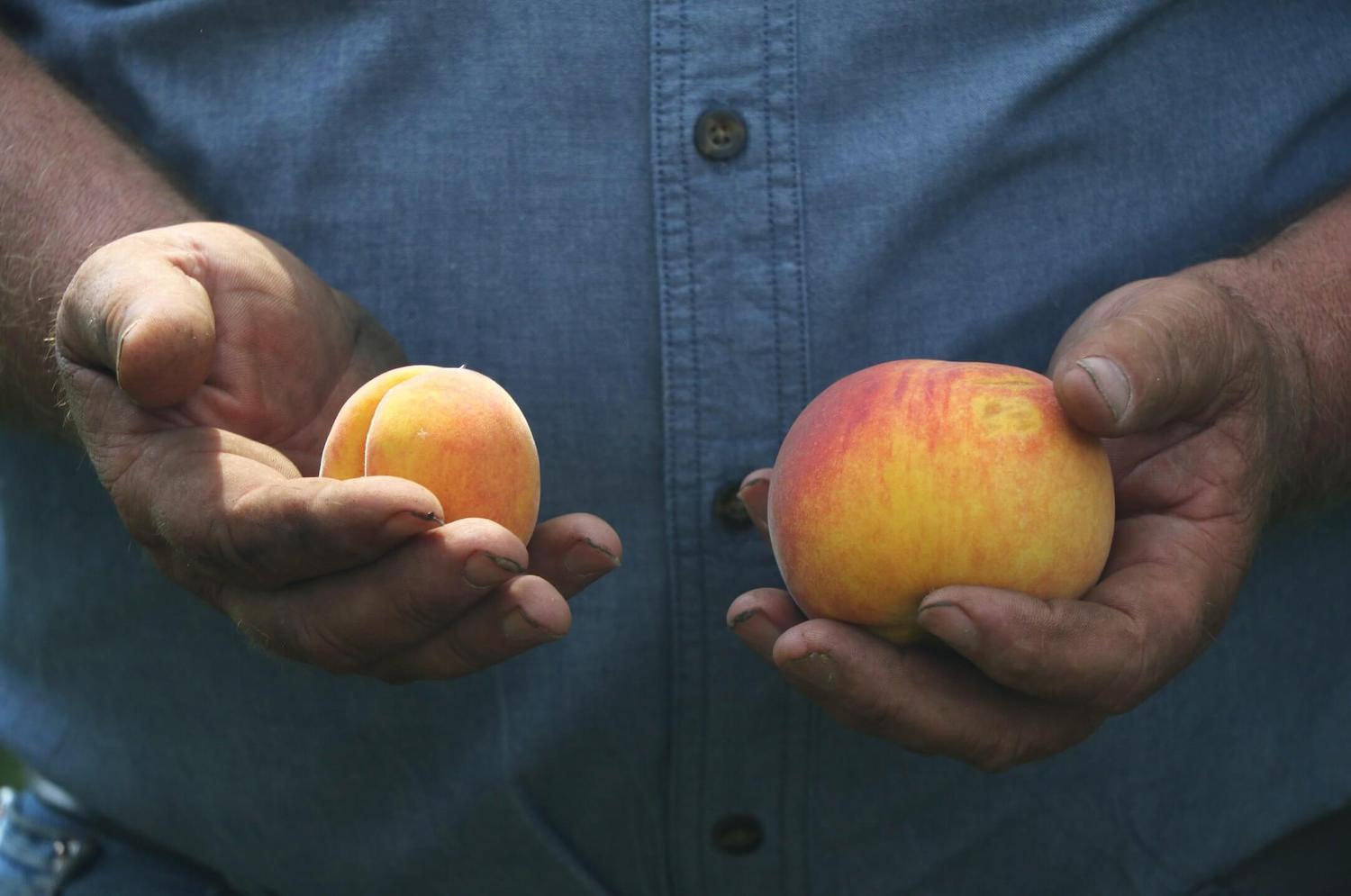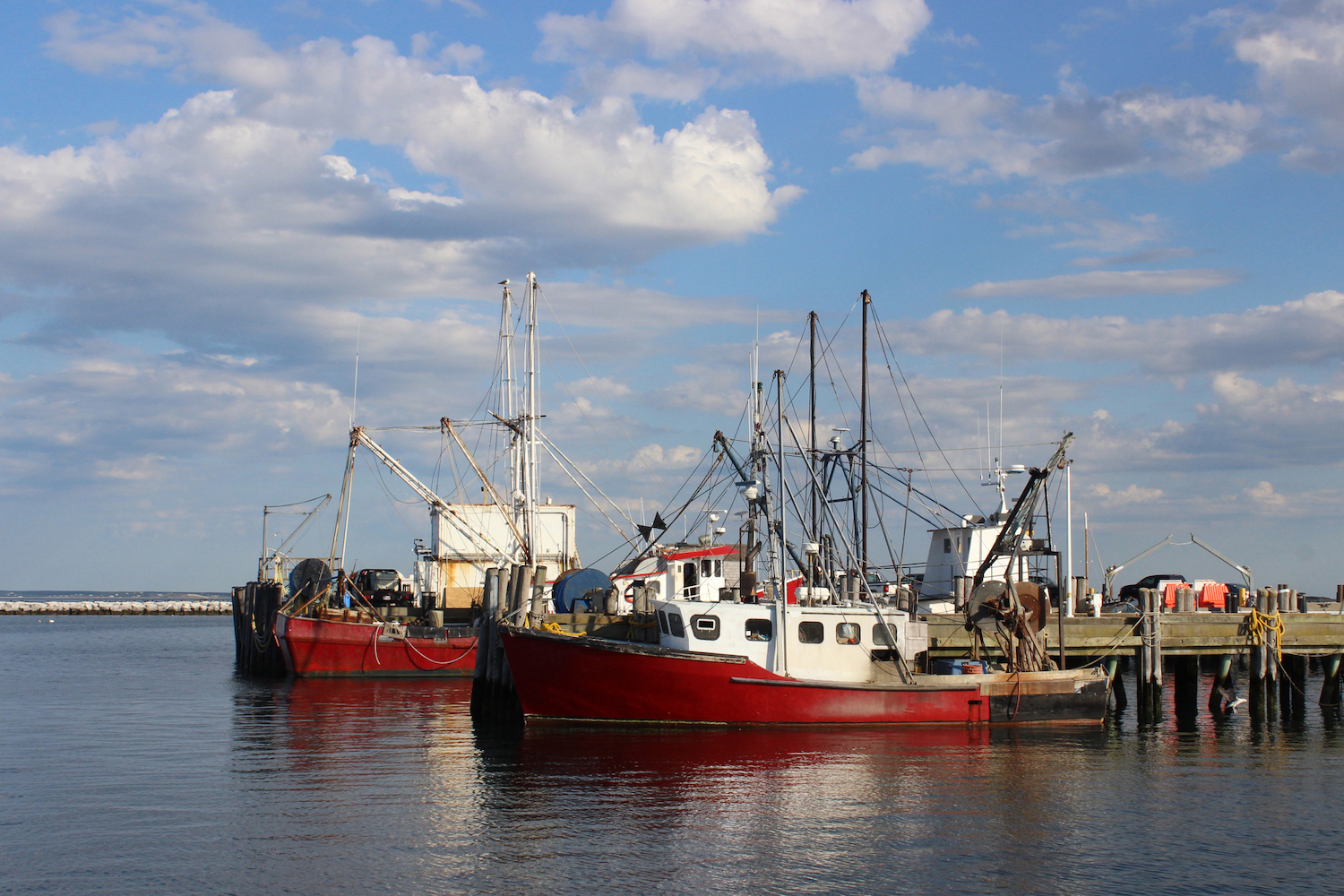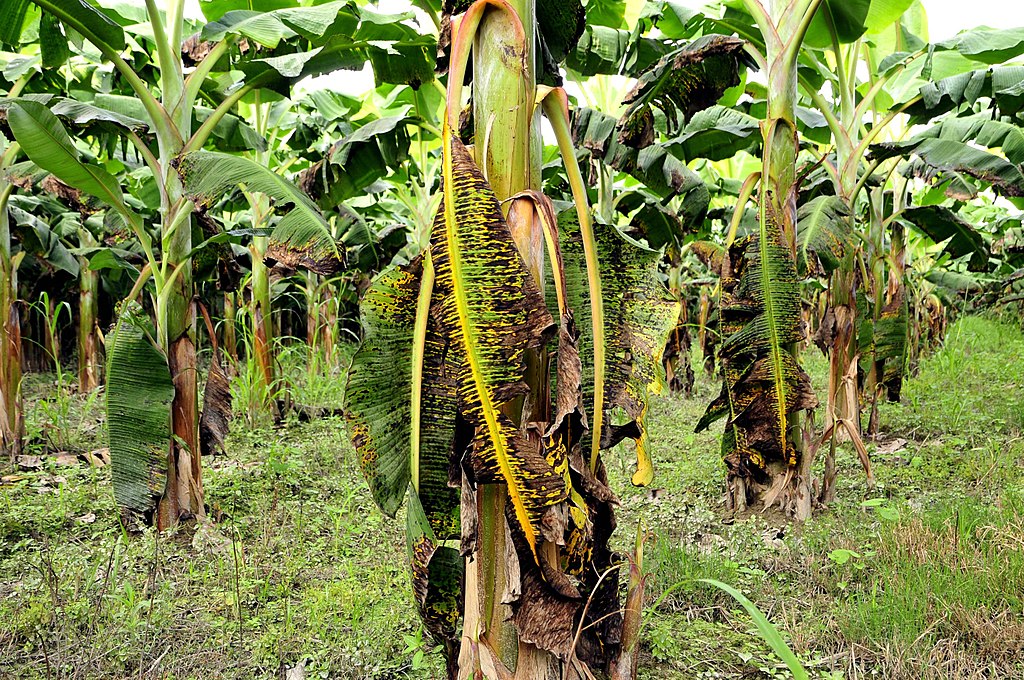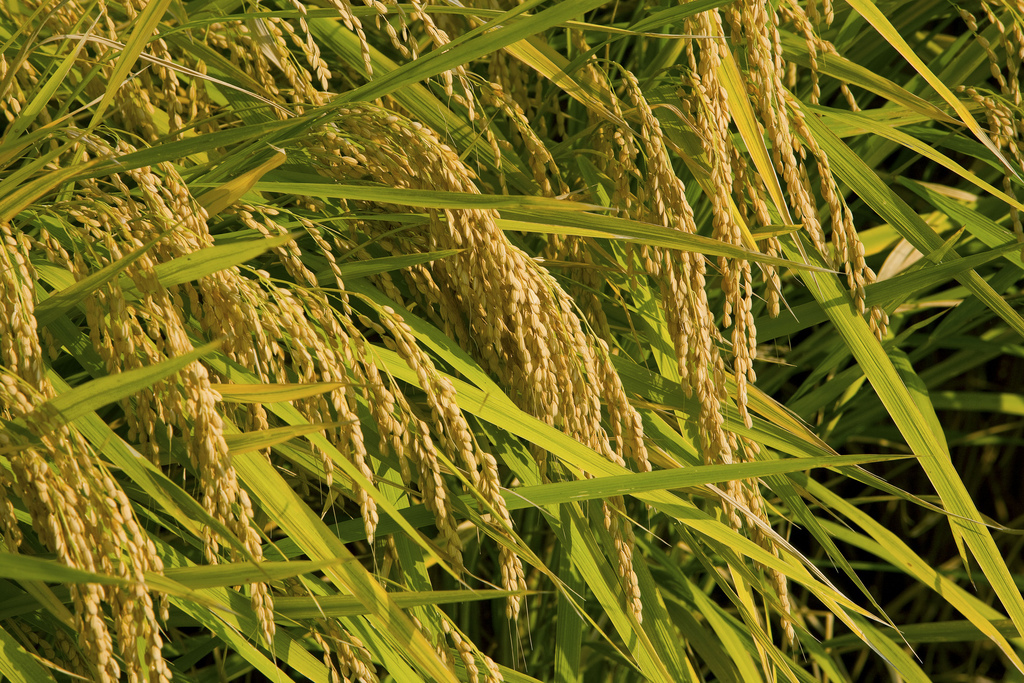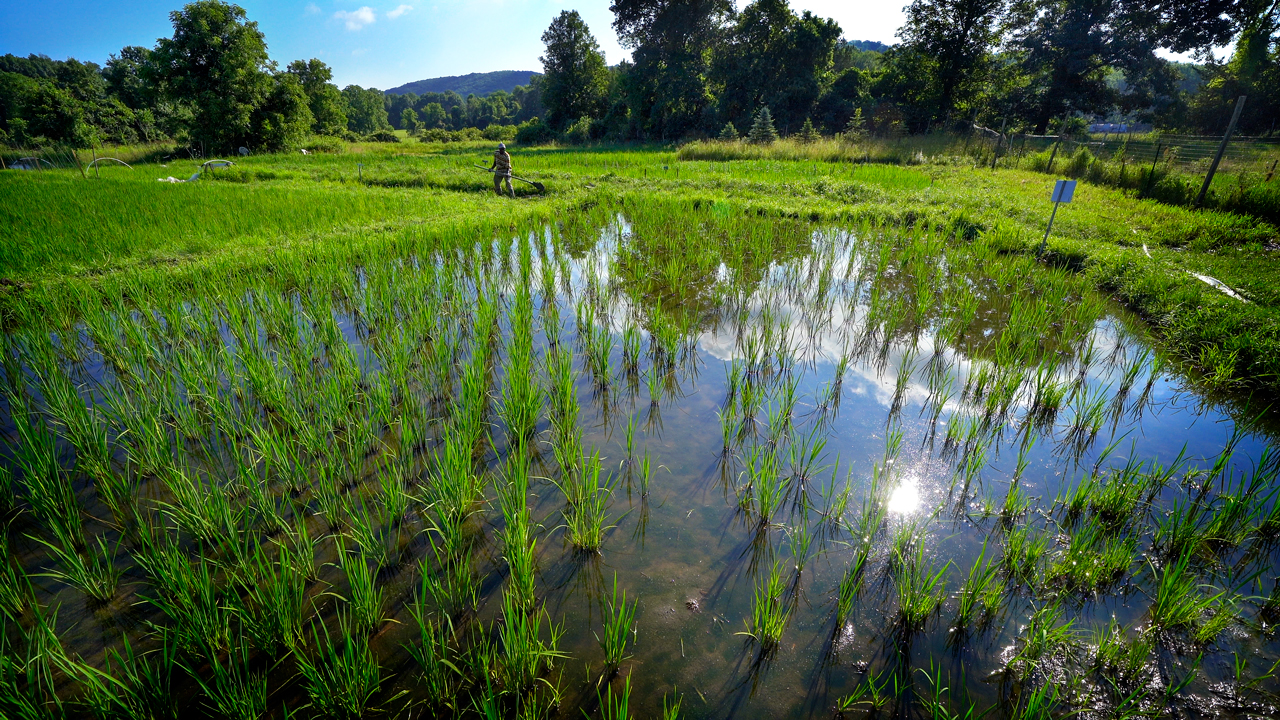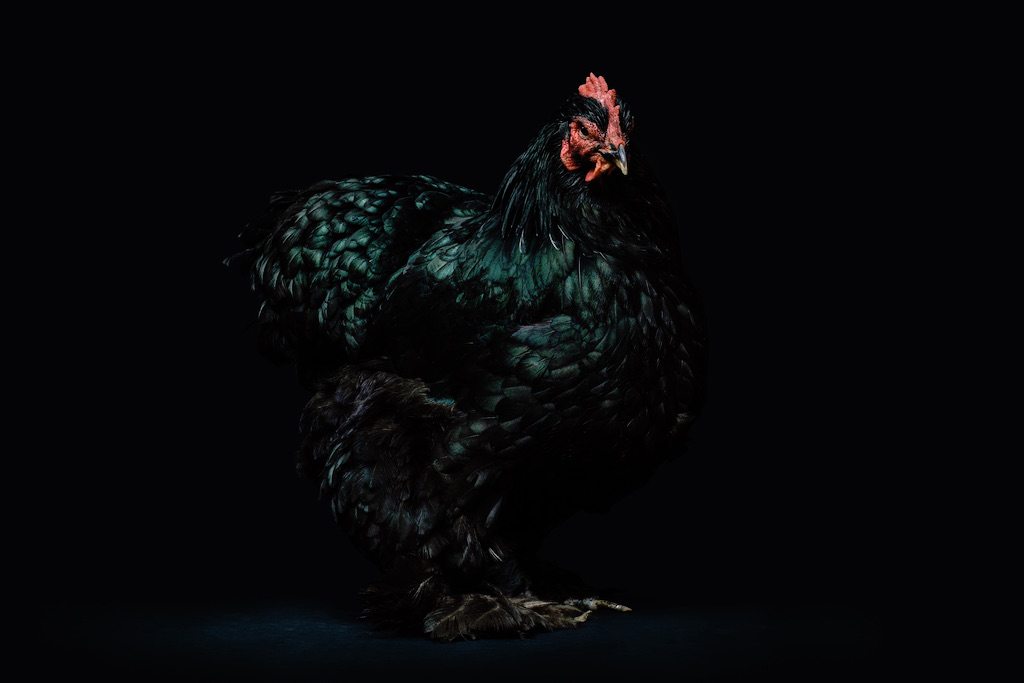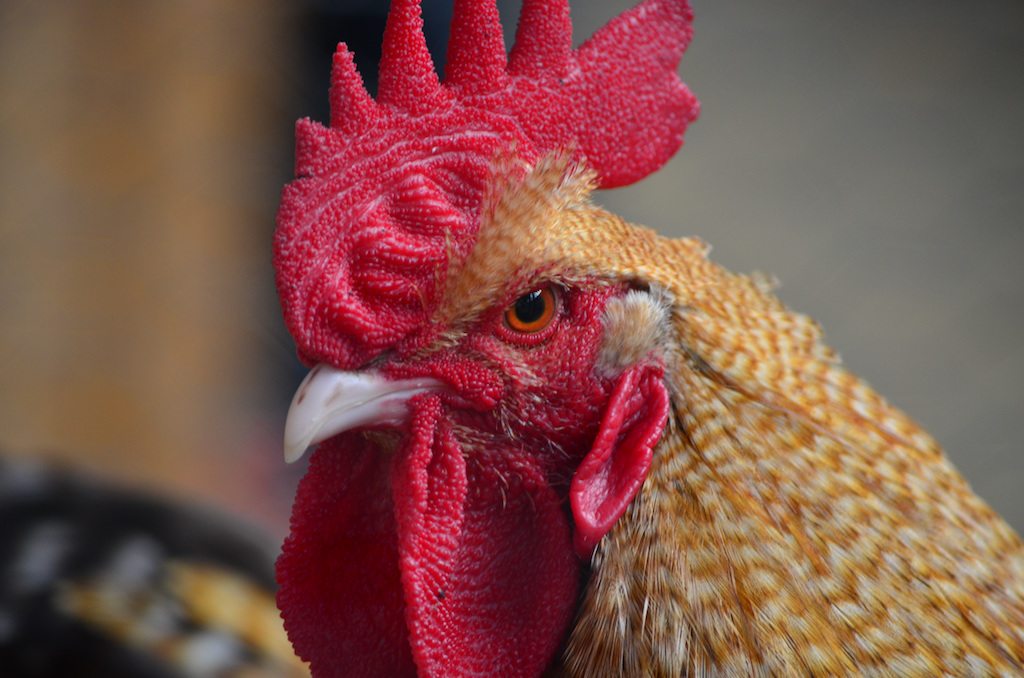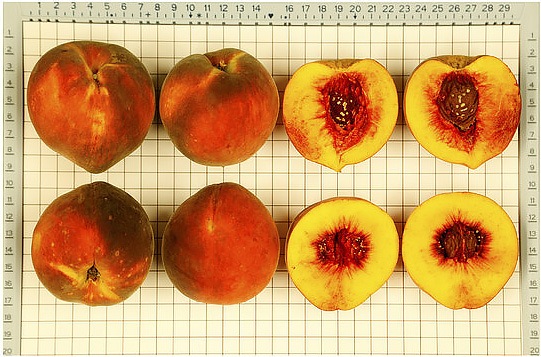
Chunxian Chen / HortScience
Three years ago, an unseasonably warm winter devastated 85 percent of the state’s peach crop. Meet the Liberty Joy, Crimson Joy, and Rich Joy—peaches built to withstand global warming.
Last week, the Department of Agriculture’s (USDA) research arm released three new varieties of yellow peaches. Optimistically named Liberty Joy, Crimson Joy, and Rich Joy, the trio check all the boxes expected of a good peach: They’re reliably round, sweet yet tart, buttery in texture, and firm enough to withstand the impacts of packing and shipping. But their biggest selling point may have to do with a far more remarkable quality: These peaches can thrive in shorter and warmer winters than many of the varieties that are currently harvested on farms in Georgia.
According to Chunxian Chen, the scientist who oversaw their release, the new cultivars have relatively lower “chill times.” In simple terms, this means that Liberty Joy, Crimson Joy, and Rich Joy may be a godsend for peach producers in Georgia, who are grappling with one of the most pressing consequences of climate change.
We generally think of peaches as fruit that thrive under warmth and sunlight, which is true, albeit only half of the story. Cold weather, measured by “chill hours”—the amount of time during which temperatures between 32 and 45 degrees Fahrenheit—also plays a significant role in determining the size and health of a given harvest.
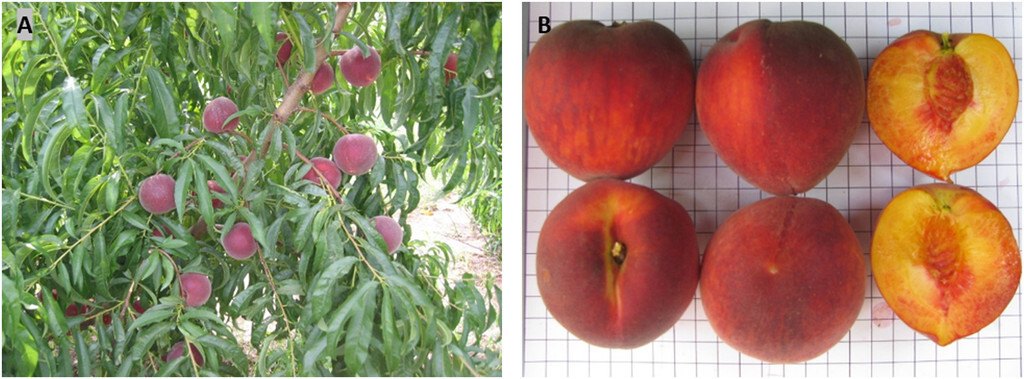
Crimson Joy peaches require about 700 hours of chill time each winter.
Chunxian Chen / HortScience
“Peach trees require a certain amount of cold hours when they’re dormant,” says Jeff Cook, an extension agent for the University of Georgia, who specializes in peaches. “It’s almost like a hibernation.” When peaches don’t get the right amount of chill time, “they don’t break dormancy correctly,” he says. “They may have non-viable pollen, some of the flower parts might mess up, they might just bloom sporadically ….The farther away from the required amount of chill, the worse the effects are.” Think of it as beauty sleep, but for the plant world.
Peach growers in Georgia are acutely aware of how economically disruptive that cycle can be. Cynde Dickey, office manager and co-owner of Dickey Farms, a commercial peach operation near the city of Fort Valley—aka the “Peach Capital of Georgia”—tells me that her peach cultivars need at least 850 chill hours each winter, but anything within the range of 1,000 hours is optimal. Between 1981 and 2010, the Fort Valley region saw an average of 1,153 chill hours every winter. Three years ago, it got just 647. Consequently, 85 percent of the state’s peach crop was destroyed. “We did not have a very big crop,” Dickey recalls. This year, the region got 982 chill hours.
Dario Chavez, an assistant professor of horticulture at the University of Georgia who specializes in peaches, predicts that unseasonably warm and short winters will be increasingly frequent in the years to come.
“Sooner or later, you will not be able to grow peaches of certain chill groups that you used to be able to grow.”
“Chill accumulation is reducing,” he says. “If you look at the historical data, you will see a downward trend …. Sooner or later, you will not be able to grow [peaches of] certain chill groups that you used to be able to grow.”
Here’s where USDA’s new peach crew could come through. All three varieties have chill times far below the region’s historical average: Liberty Joy requires about 650 hours of chill time each winter, Crimson Joy 700, and Rich Joy 850. Of 2017, Chavez recalls: “We had different [peaches] that didn’t make even 50 percent of the chill they needed to accumulate that year.” Under 2017’s weather conditions, Liberty Joy might have emerged from the disastrously warm winter unscathed.
Each new peach is the product of its own years-long conventional breeding process—in which researchers apply pollen from an existing peach tree to the seed-bearing organ of another. They perform this cross-pollination on tens of thousands of flowers in order to generate a critical mass of hybrids. They then plant the hybrid seeds, wait two to three years for the trees to bear fruit, and subsequently select the ones that have desirable characteristics.
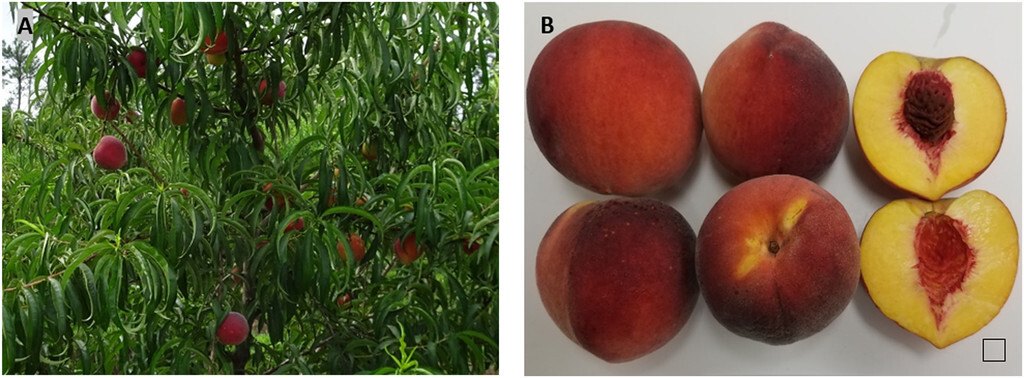
Liberty Joy peaches require about 650 hours of chill time each winter.
Chunxian Chen / HortScience
“The majority of hybrid seedlings turn out to be useless—too small, too ugly, or too susceptible to disease. They are discarded.” Chen says. “[Only] 0.1 to 0.5 percent of seedlings can be selected for further evaluation.”
The lucky ones go through propagation and another decade or so of evaluation. Eventually the best hybrid—the one that meets desired criteria, as well as exhibits beneficial traits like less vulnerability to insufficient chill or spring frost—go on to make a commercial debut.
What makes peach breeding particularly unwieldy is that the success of a given variety is highly dependent on region. While there are numerous low-chill peach cultivars commonly grown in warm regions such as Florida and California, they can’t actually thrive within the specific timing requirements of Georgia’s growing season.
“It takes four years for a variety to mature enough to pick it, so you’re thinking four to 10 years ahead of time about what you’re trying to do, what orchards are going to be taken out, where will you have gaps in your production, what varieties are better than others.”
What growers in the Peach State need, specifically, is a variety that remains dormant throughout the winter, doesn’t bloom until the spring, and can be harvested through the summer time.
The new varieties are certainly intriguing to growers like Dickey, for whom planting decisions are long-term investments in the farm. Unlike annual crops, fruit trees are expected to endure challenges of multiple growing seasons.
“It takes four years for a variety to mature enough to pick it, so you’re thinking four to 10 years ahead of time about what you’re trying to do, what orchards are going to be taken out, where will you have gaps in your production, what varieties are better than others,” Dickey says.
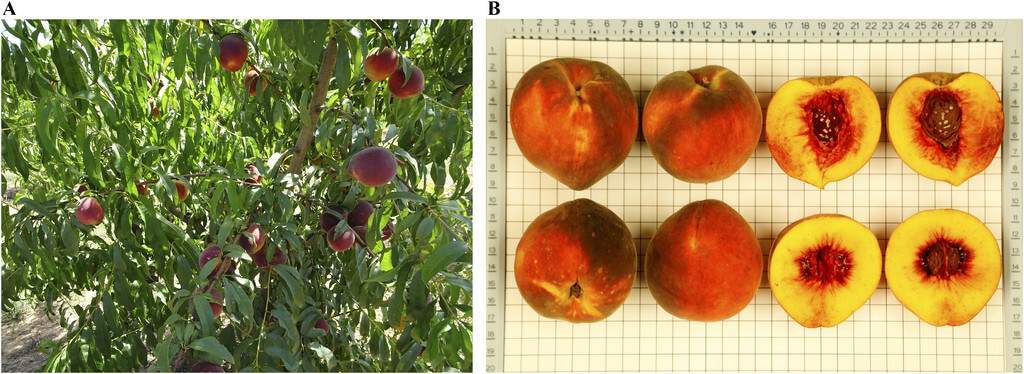
Rich Joy peaches require about 800 hours of chill time each winter.
Chunxian Chen / HortScience
Peaches play a central role in Georgia’s self-presentation. It’s the state fruit, and peach iconography can be found everywhere from license plates to “I Voted” stickers. But there’s an illusory element to the region’s peachy portrait: Last year, the state produced less than six percent of the country’s peaches by weight, trailing behind California significantly and, less so, South Carolina in output.
Nonetheless, the fruit sits at a unique junction between food and politics. Here’s some fun history trivia: Peach production in Georgia was industrialized after the Civil War, driven by rising demand and intensive marketing efforts, writes peach historian William Thomas Okie (Okie, it so happens, is the son of the peach breeder that Chen succeeded).
Even back then, commercial farming was plagued by environmental stressors, and in the 1950s the industry lobbied then-Senator Richard B. Russell Jr. to help establish a research lab dedicated to the fruit. (Russell Jr. was also a white supremacist who opposed civil rights legislation; the peach industry relied heavily on the labor of low-wage Black residents, Okie writes.) Eventually, Russell Jr. succeeded in his efforts on behalf of growers, securing funding for a USDA research station in Georgia—the very lab that released last week’s low-chill peaches.
That’s a long journey for some stone fruit.

